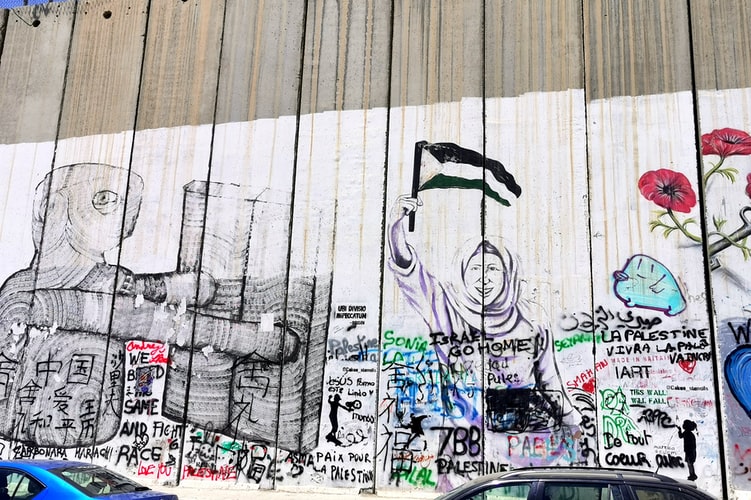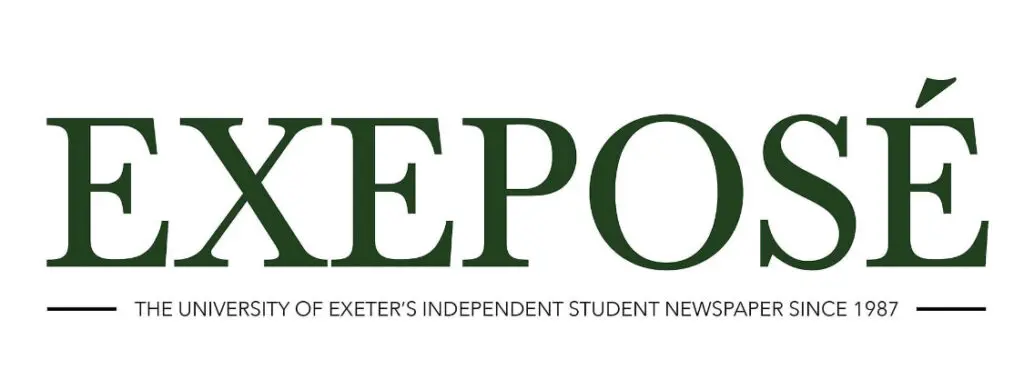The Art of the Palestinian Resistance

Lauren Haughey explores how Palestinian graffiti and urban art has been an important tool to keep alive global awareness of the Israeli occupation.
“Welcome to Gaza” the words of mystery artist Banksy when visiting Palestine in 2015. Confronted with children playing in rubble and a lack of construction material to rebuild, Gaza was frozen in devastation. His visit followed the Israeli initiative Operation Protective Edge in response to three Hamas kidnappings, sparking seven weeks of war and drastically worsening living conditions for Palestinian civilians.
When thinking about Gaza today, the situation has only escalated. Back in May, our news feeds were flooded with the horrifying consequences of mass violence after contentious and even illegal Israeli actions. This most notably involved the forced eviction of Palestinians residing in Sheikh Jarrah, in addition to a police raid on worshippers at Al-Aqsa Mosque.
As a result, on 23 May Al Jazeera reported the Palestinian death toll to be 248 with thousands injured, while 12 died in Israel. Even though the long-standing Israeli-Palestinian conflict is by no means black-and-white, the disparity between these tolls has drawn attention to the existence of power inequalities; Israeli forces armed with guns and Palestinian civilians armed with stones. This considered with the controversial limits to Palestinian freedoms has recently inspired some onlookers to take a stand. Although this has recently taken the form of online activism and international street marches, resistance has also shone through more creative mediums and Banksy has been central to that.
Even though the long-standing Israeli-Palestinian conflict is by no means black-and-white, the disparity between these tolls has drawn attention to the existence of power inequalities; Israeli forces armed with guns and Palestinian civilians armed with stones
During 2015, Banksy painted the crumbling walls of Gaza with images that continue to illuminate Palestinian struggle today. Most famously, Banksy depicted a woman crying in a lone doorway – the canvas overwhelmed by piles of debris. However, this political artwork is only an extension of what Banksy has illustrated previously in Palestine. Ten years earlier, Banksy sketched nine powerful pieces on the West Bank Barrier; a 620-kilometre-long, razor-sharp wall isolating thousands of Palestinians from Israel.
At first, this art was criticised, with one local expressing, “we don’t want it to be beautiful, we hate this wall”. But with time, the separation barrier has become emblematic of Palestinian solidarity, with other local and international artists gathering to voice their defiance and dreams of peace using a can of spray paint.
This daring creativity has also been facilitated by Banksy’s Wall-Mart located next to his very own Walled Off Hotel, both supplying a range of paints and making a bold statement regarding his opinion of the wall – or in his words – “an open air prison”. But most importantly, Banksy cannot completely take the credit for encouraging Palestinians to paint. Artistic acts of rebellion can be traced back to 1987 in a period of riots referred to as the First Intifada. It was through graffiti that Palestinians could amplify messages of boycotts and strikes in an era of less technology.
Artistic acts of rebellion can be traced back to 1987 in a period of riots referred to as the First Intifada. It was through graffiti that Palestinians could amplify messages of boycotts and strikes in an era of less technology.
In reflection of recent events, some may argue that although political artwork has become an integral voice for Palestinian resistance, it has failed to catalyse any significant change. While that may be true for political progress, it is undeniable that this graffiti has animated a sense of community and hope within Palestine, vital for persevering in the harshest of conditions. Equally, Banksy’s infamous name has also attracted international publicity to the conflict. For now however, this has not quite diluted the tension – but some may consider it a small step in applying pressure, one which could potentially aid discussion of resolutions.


